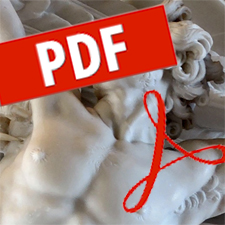Description
By Lucy Resnyansky
Social media (SM) are fast becoming a locus of disaster-related activities that range from volunteers helping locate disaster victims to actions that are malicious and offensive, from sincere expressions of empathy towards affected communities to consuming disaster imagery for mere entertainment, from recovery support funds being collected to online marketers preying on the attention afforded to a disaster event. Because of the diversity and sheer volume of both relevant and irrelevant information circulating throughout SM, prioritising an affected population’s needs and relevant data is an increasingly complex task. In addition, SM data need to be interpreted as manifestations of social processes related to community resilience, diversity and conflict of interests, and attitudes to particular response strategies. The use of SM in disasters generates a growing need for domain-specific technological solutions that can enhance public interests as well as address the needs of both disaster managers and the affected population. This task requires integrating social sciences into the development of tools that enable disaster SM data detection, filtering, analysis and representation. The aim of this paper is to contribute to a critical-constructive dialogue between social scientists and developers of SM analytic capabilities. In the context of historical, anthropological and sociological research on disaster, this paper outlines concepts of the disaster paradigm, data as a product of social and representational practices, and disaster context, and discusses their heuristic significance for the analysis of disaster SM as a manifestation of social and cultural practices.
page: 187 – 212
Prometheus: Critical Studies in Innovation
Volume 33, Issue 2
SKU: 0810-90281102497
